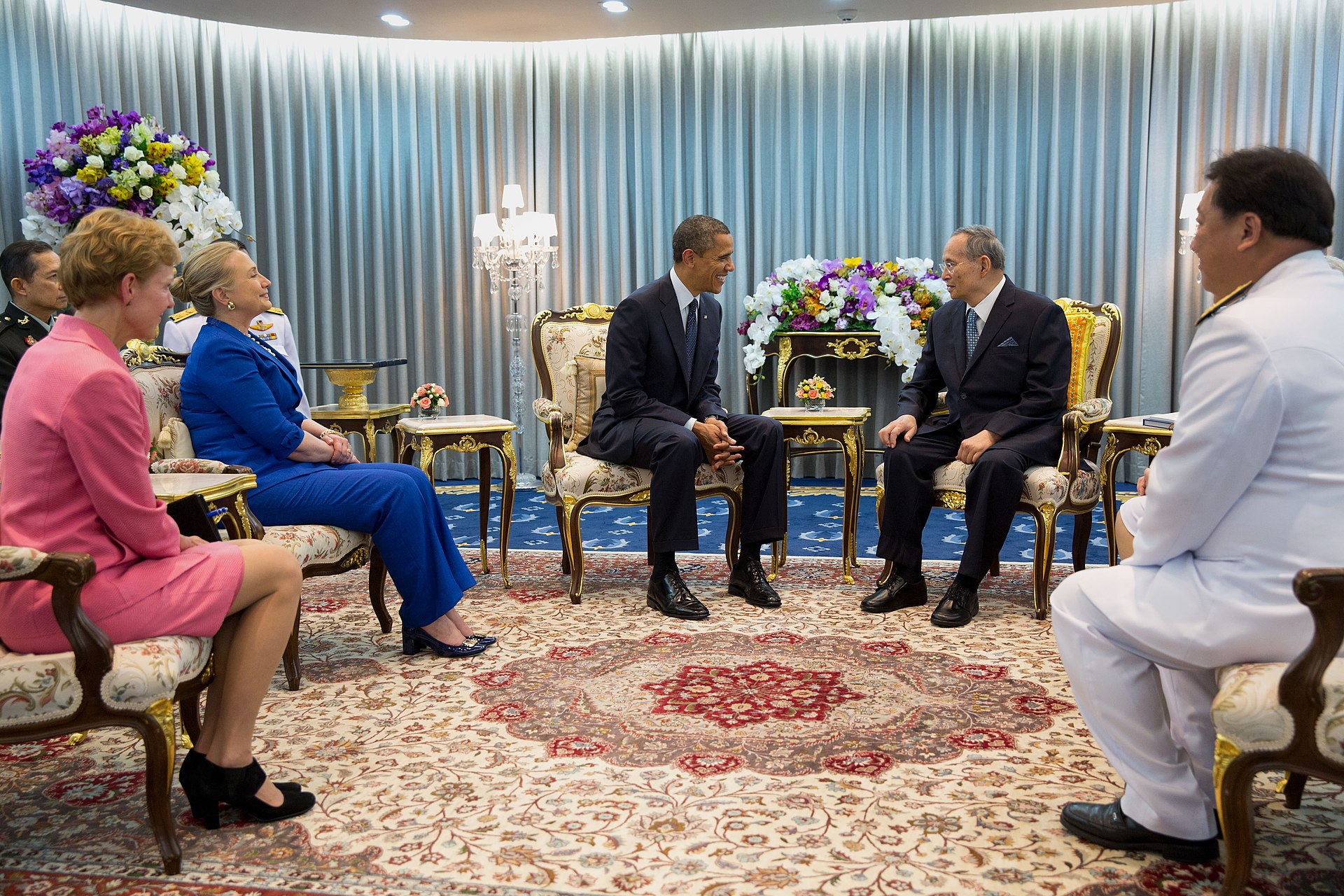
Ray Powell is the Director of SeaLight, a maritime transparency initiative of the Gordian Knot Center for National Security Innovation at Stanford University, and a member of the South China Sea NewsWire Advisory Board. This interview was conducted on March 12, 2024.
1. Why did you develop SeaLight? And how has it been received?
SeaLight began its life as “Project Myoushu”. It was a first-of-its-kind, all-volunteer initiative launched under the oversight of Stanford University’s Gordian Knot Center for National Security Innovation. Its initial purpose was to employ entrepreneurial methods similar to those used in Silicon Valley to address shortfalls in U.S. strategy in the South China Sea.
Our process—which involved over 100 interviews with subject-matter experts, government officials and thought leaders from the U.S. and Asia—led us to conclude that a key reason China’s gray-zone aggression had been so successful was that it had paid such a small price for it.
In short, a gray zone actor wants the zone to remain as gray as possible, so that it doesn’t have to take full responsibility for its actions. The Chinese Communist Party is the most sophisticated state gray-zone actor in history, and we have yet to really adapt to its tactics.
We further concluded that what was needed was to illuminate these gray zone tactics to drive up the cost of using them, but also that democratic governments are exceptionally ill equipped to do so. Bureaucracies have a bias toward the least risky actions, and holding information generally carries less risk than releasing it. So SeaLight decided to develop evidence of China’s gray zone aggression using commercial technology and release it directly to the public.
I think it’s fair to say SeaLight has been remarkably successful, particularly in the Philippines—so much so that not only do we receive a lot of attention from government, civil society and media there, but also that I’ve been personally accused by Beijing’s propagandists of all sorts of perfidy. One recent example has me directing an imaginary $500 million U.S. government information warfare campaign, which is especially funny since we remain almost entirely unfunded.
2. Do you believe that the US is successfully maintaining the open maritime sea lanes and safeguarding American interests in the disputed SCS?
So far trade routes in the South China Sea remain generally unimpeded, but some important commercial activities by U.S. partners and allies have been either denied or severely constrained. The most notable of these are fishing and the exploration and development of oil and gas within the lawful exclusive economic zones of coastal states.
In particular, the Philippines—a U.S. treaty ally—has been denied free access to an important traditional fishing ground at Scarborough Shoal, as well as the freedom to explore for natural gas at Reed Bank. The first situation represents an economic and food security challenge, especially to coastal communities who have relied on fishing for generations. The second represents a growing crisis to a nation rapidly running out of energy reserves.
Moreover, just because China is not threatening the South China Sea’s trade routes today does not mean there is no threat. We can see how even a small non-state actor, the Houthi rebels in Yemen, are able to disrupt global shipping with a few projectiles. Imagine the damage that could be done by a large, determined and capable state actor like China should it determine to do so.
Finally, it should be noted that the entire point of freedom-of-navigation operations (FONOPS) is to demonstrate our determination not to be so constrained. FONOPS are not a strategy to win in the South China Sea, but they are absolutely necessary to push back against the kind of exorbitant sovereignty claims China is making in the South China Sea. Were the U.S. Navy to stop conducting FONOPS, many of these claims would go completely unchallenged and assertions of their illegality would turn into something of a joke.
3. What more can be done in Washington to restrain or even impede China’s shadowy maritime militia operations in the South China Sea?
I strongly believe that Washington needs to be closely studying the Philippines’ assertive transparency campaign, which began in February 2023 when Manila pushed out its coast guard with cameras and embedded reporters to vividly document China’s aggressions.
The evidence provided by non-governmental organizations like SeaLight will remain necessary, but the Philippines has demonstrated that how governments who adopt assertive transparency tactics can really complicate a gray-zone actor’s strategic problem and force it to recalculate.
Assertive transparency may be the most important counter gray zone innovation we’ve seen in a long time. If the U.S. isn’t actively looking for how to incorporate its lessons into its own counter gray zone strategy, that’s a dereliction. We know that cognitive warfare is already being waged against us. We need to reach for effective weapons to fight back, and the Philippines has demonstrated how gray zone actors hate the light.
4. Should the US be worried if China’s actions escalate in the contested sea, especially their challenges directed toward either the Philippines and Taiwan?
Absolutely, and especially because we know how China uses escalation as a gray zone weapon to intimidate its adversaries into capitulating to its demands. Furthermore, we are observing now at Taiwan’s Kinmen Island how Beijing stands ready to exploit incidents as pretext to escalate its pressure campaigns.
We need to stop looking at maritime incidents involving China naively as individual crises to be deescalated but recognize that Beijing sees them as opportunities to reset the board in its favor. It has been quite successful in doing so over a long period of time. Exposing their designs is not sufficient to defeat them, but it is certainly necessary to even start.
5. Chinese ships have surrounded Philippine ships off the coast of the Philippines, ignoring calls from Philippine officials to halt their aggression. Is there anything else that can be done to prevent a confrontation, and should US Coast Guard ships be involved in this area?
This is one area where China has a decided advantage. It has turned its coast guard into a paramilitary enforcer, and the U.S. Coast Guard has neither the available assets nor the mandate to engage in this kind of activity. China has rapidly expanded the size of its paramilitary forces—which also include a vast and growing maritime militia—and subordinated them to the People’s Liberation Army.
This civil-military fusion complicates our problem, since China is using the ambiguous status of these forces—the white hulls of its coast guard and the veneer of “fishing” for its militia—to provide both deniability and the aforementioned pretext to escalate.
What we should be doing is looking into ways to hold China accountable for its abuses. Sanctioning the commercial companies whose “fishing” ships engage in illegal activities such as the blockade of Second Thomas Shoal would be a nice start.
6. Do you see any likelihood or possibility that marine science cooperation can trump or tap down rising tensions over sovereignty issues and overfishing in the region?
This is a great question that we’ve begun looking into. Scarborough Shoal, for example, would be a great place to establish some kind of marine protected area or peace park to demilitarize the situation, protect the reef against China’s ongoing destructive giant clam extraction, and restore the rights of indigenous fisherfolk.
We are not going to be able to force China to back down through military means. Beijing now holds the preponderance of available force in the region, and the American people have no appetite to tempt fate on a major-power conflict over yet another far-away problem.
We need to innovate and take advantage of the soft underbelly of China’s gray zone tactics. We need to systematically and assertively “light up the maritime gray zone” to force Beijing to pay the full cost of its aggression and abuses.


